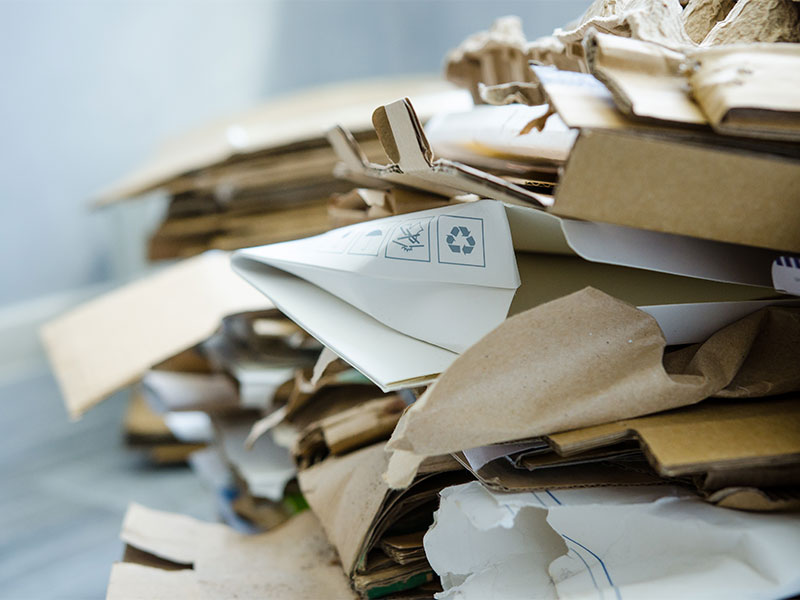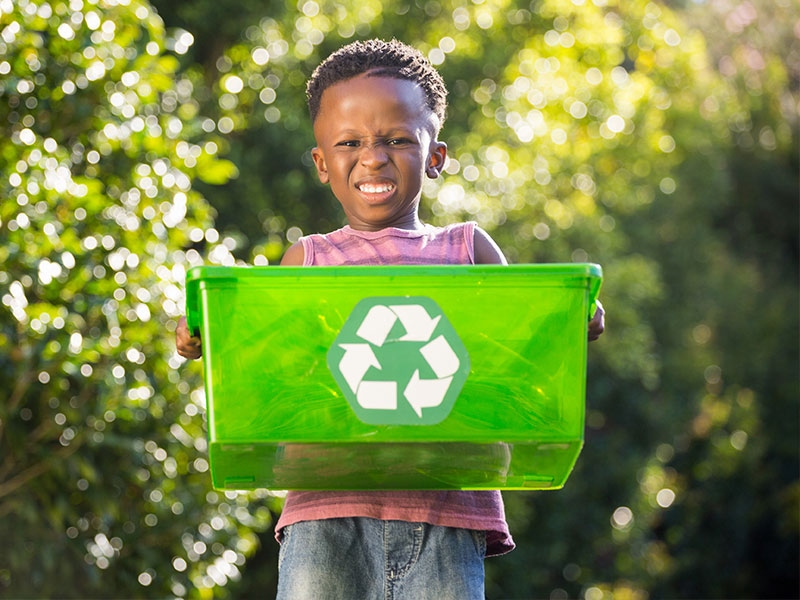Paper Recycling Explained
Paper, as we know it today, was first fashioned in 105 AD in China by a court official named Tsai Lun (also spelled Cai Lun). It’s believed that Ts’ai Lun combined tree bark, hemp, fishing nets and old rags with water and pounded it into pulp. He then pressed out the liquid and hung the thin matted sheet to dry in the sun.
What is Paper Recycling?
Paper recycling is the collection and processing of used paper products to make new paper products and involves several steps.
How Paper is Recycled: Step-by-Step Process
What happens to your paper products once you put them in the recycling bin? Here is the recycling process in five steps
Step One: Separation-at-Source
The first step in the recycling process is separation; this is arguably the most important step in the recycling process. This involves keeping and storing of used paper products in designated recycling containers in our homes, schools, universities, offices and businesses
Step Two: Collection
The next step involves the collection of wastepaper by waste pickers, recyclers or waste merchants who will collect the paper materials (and other recyclables) from your pavement or designated collection points.
Step Three: Sorting
Once the paper has been collected, the paper will then be taken to a buy-back centre or sorting facility where the products will be sorted and baled into various “grades” – such as newspaper, magazines, white paper, cardboard boxes, paper grocery bags, paper cups or milk and juice cartons, and mixed paper.
Step Four: Repulping
The bales of paper products are then sent by conveyer into the pulper where water is added to make a pulp slurry. The type of recycled paper being made (packaging or tissue) will determine what paper grade is used in the recipe. The pulp is then put through a screen (sieve-like machinery) to extract other contaminants before being delivered to the paper machine where it is formed and dried into jumbo reels of paper.
Step Five: Conversion
The jumbo rolls will then be sent to a converter who will make the required paper product. Brown krafty paper is made into paper packaging such as paper bags and cardboard boxes. Jumbo reels of tissue paper are cut and wound into smaller rolls, the type we purchase at the supermarket.
What Types of Products Are Made From Recycled Paper?







